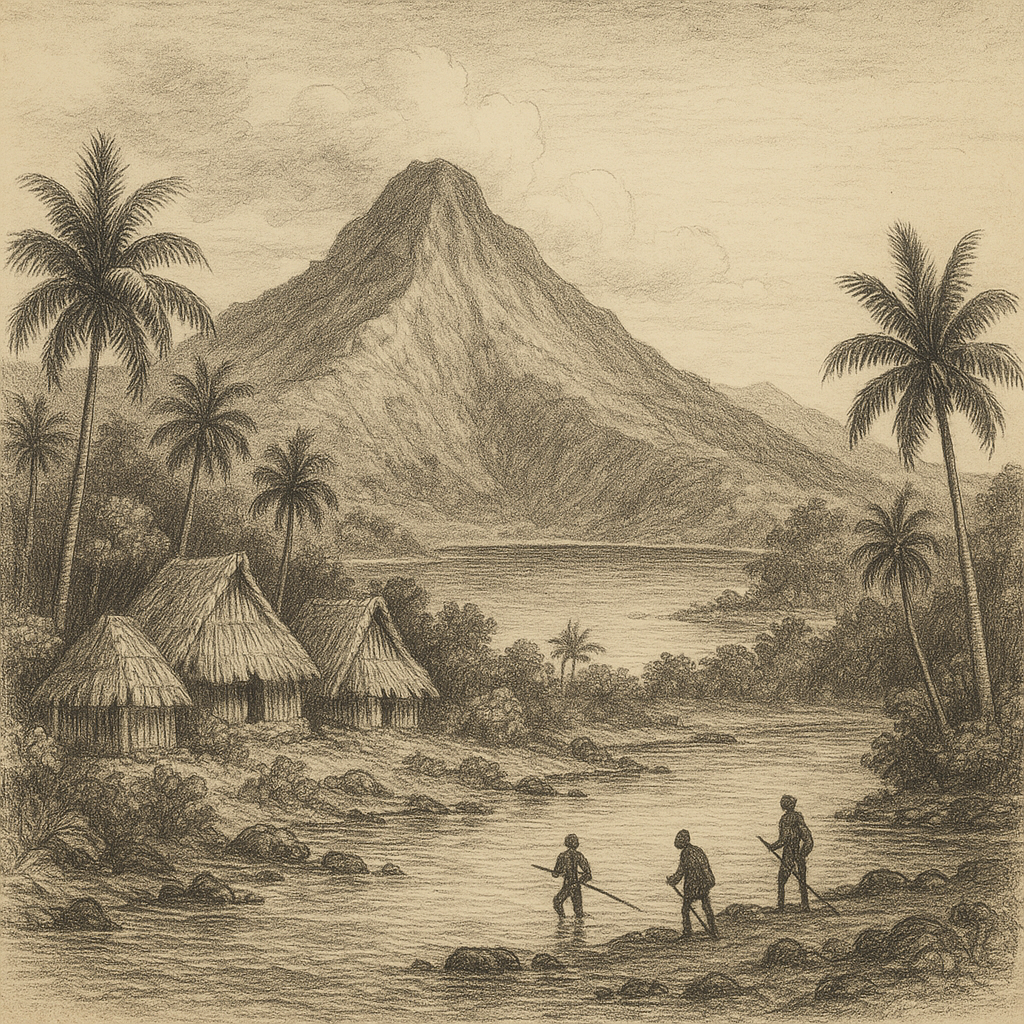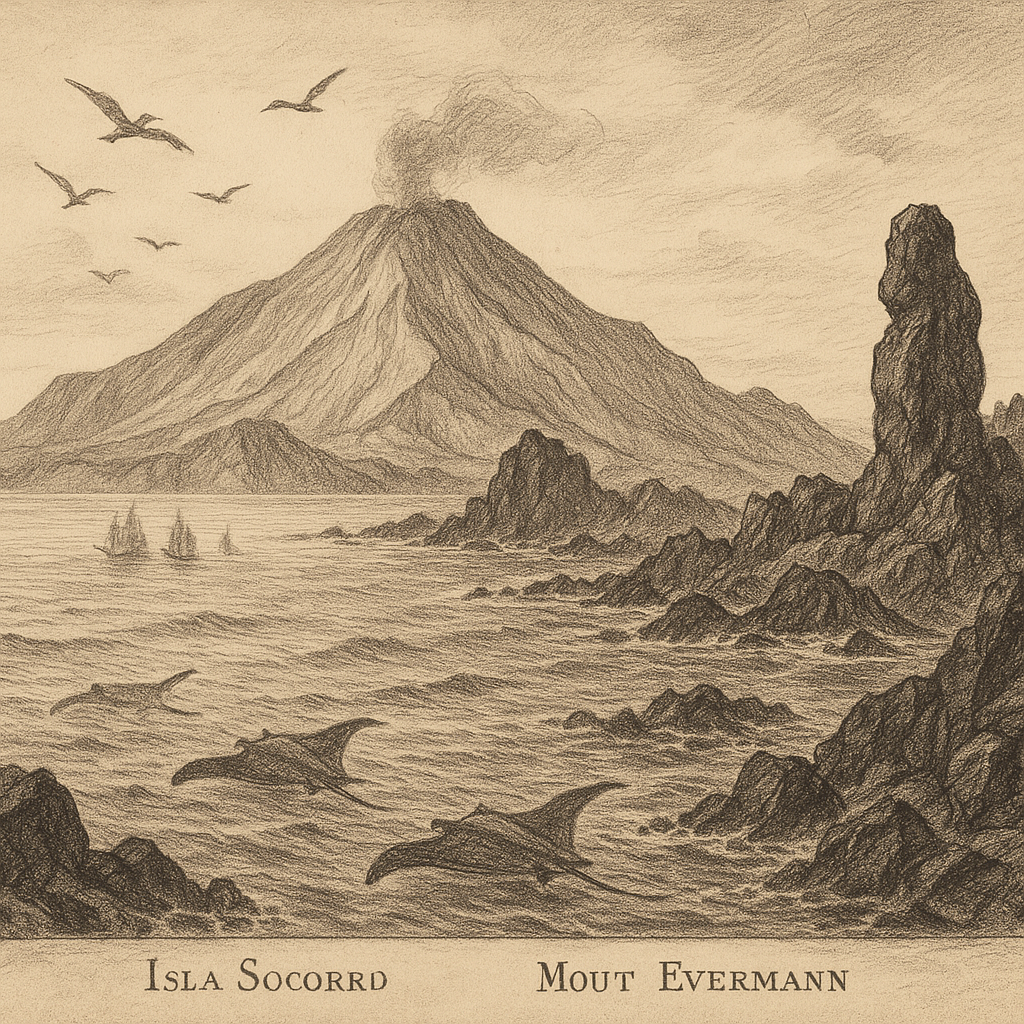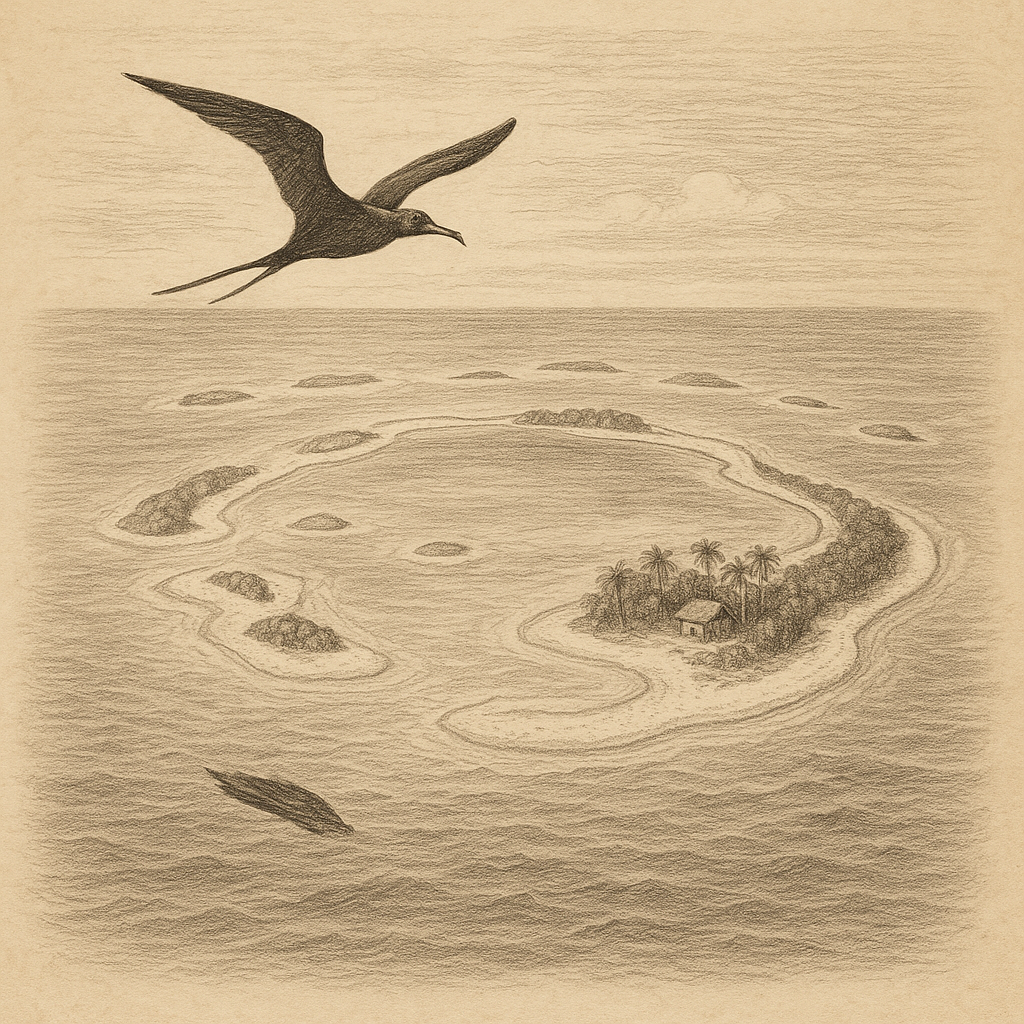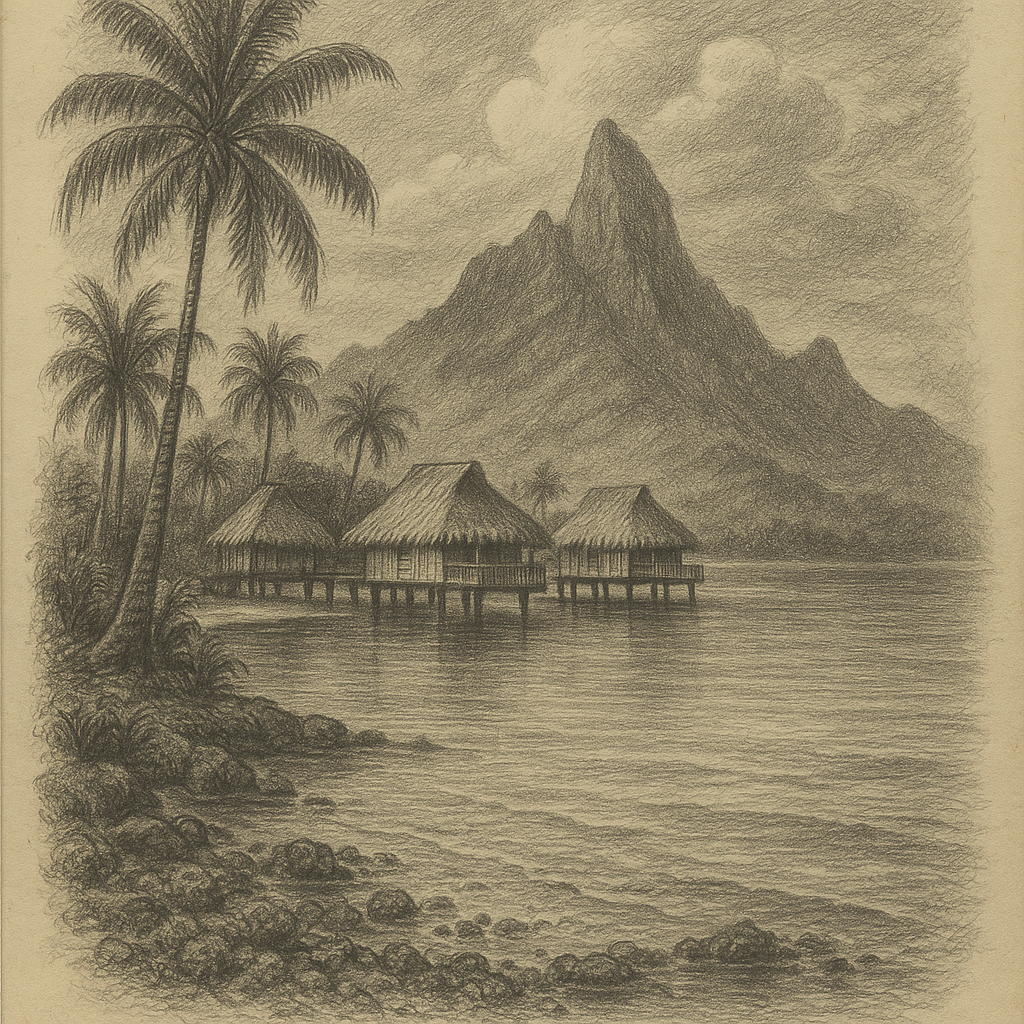Tikopia Island: A Remote Polynesian Gem in the South Pacific
Tikopia Island is a small yet culturally rich and environmentally unique island located in the southeastern part of the Solomon Islands in the South Pacific Ocean. Known for its remarkable social structure, ancient traditions, and isolation, Tikopia offers a fascinating glimpse into how human societies can harmonize with their environment over centuries. With a land area of just 5 km², this volcanic island holds an outsized allure for cultural anthropologists, ecologists, and travelers seeking untrodden lands.
Geographical Location and Landscape
Tikopia is part of the Temotu Province of the Solomon Islands, situated approximately 1,000 kilometers southeast of the capital, Honiara. It lies at the eastern end of the Solomon chain, far closer to the Polynesian islands than to many other parts of Melanesia, which is reflected in the ethnic and cultural identity of its inhabitants.
Geographically, Tikopia consists of a single extinct volcanic peak surrounded by steep slopes and a central freshwater crater lake known as Lake Te Roto. The island is lush with tropical vegetation and fringed by coral reefs that provide both protection and sustenance to the islanders. Its highest point, Mount Reani, rises to about 380 meters above sea level, offering panoramic views of the surrounding ocean.
Volcanic Origins and Environment
Tikopia is of volcanic origin, part of a tectonically active region where the Pacific Plate converges with the Indo-Australian Plate. Though no known eruption has occurred in recent history, the volcanic genesis of the island is evident in its topography and fertile soils.
Despite its small size, Tikopia supports a variety of ecosystems, including coastal forests, mangroves, and highland groves. The combination of nutrient-rich volcanic soil and a humid tropical climate allows for the cultivation of traditional crops like taro, yam, bananas, and breadfruit. The surrounding coral reefs are rich in marine biodiversity, providing fish, shellfish, and other marine resources to the island’s population of about 1,200 people.
Culture, Society, and Sustainability
One of the most remarkable aspects of Tikopia is its deeply rooted Polynesian culture and its long-standing commitment to sustainable living. Anthropological studies—most notably by Sir Raymond Firth in the early 20th century—highlight Tikopia as a rare example of a society that has purposely limited its population and consumption to ensure long-term survival.
Tikopians speak a Polynesian language and maintain a traditional chiefly system called the “ariki,” under which the island is governed communally. Their approach to land use, fishing, and agriculture is community-driven and revolves around the principles of reciprocity and respect for the environment. For instance, fishing grounds are subdivided into family units and are strictly regulated to prevent overfishing.
One of the most famous examples of Tikopian sustainable practice is their decision centuries ago to cull their population to prevent resource depletion. This decision included strict birth control measures and even occasional migration or end-of-life redeployment at sea—a practice that shocks modern ethical sensibilities but was deemed necessary for communal survival.
Points of Interest and Local Highlights
Though diminutive in size, Tikopia offers several natural and cultural attractions.
– Lake Te Roto, the central crater lake, provides dramatic scenery and is a vital freshwater source for the islanders.
– The coastline features pristine beaches and dense palm forests, unspoiled by commercial development or industrial pollution.
– Tikopia’s unique horticultural gardens showcase intercropping methods developed over centuries, with layer upon layer of productive plants grown to utilize space and nutrients most effectively.
– The island’s traditional architecture includes thatched houses built without nails or concrete, often aligned to withstand frequent storms and cyclones.
Due to its remoteness, Tikopia has no roads, airstrips, or hotels. Supplies and visitors typically arrive via infrequent cargo ships or small boats. As a result, it remains one of the most pristine and least visited islands in the Pacific.
Myths and Legends of Tikopia
Tikopian oral traditions are rich with myths that pass down historical, spiritual, and ecological wisdom. One such legend tells of Taumako, a mythical ancestral homeland from which the Tikopians migrated. This ties in with broader Polynesian navigation lore, suggesting their ancestors were expert seafarers who crossed great ocean distances using only the stars, ocean swells, and bird flight patterns.
Another enduring legend involves the deity Atua Fafine, the mother-spirit who is said to have raised the mountains and breathed life into the island’s first trees and animals. Tikopians believe that Atua Fafine still watches over the island and intervenes through natural phenomena such as storms or volcanic tremors to ensure that the societal equilibrium is maintained.
Spirits of ancestors are also believed to continue living in sacred groves and caves around the island, and rituals are regularly performed to honor them and ask for their protection. In times of crisis, elders may interpret signs in nature—like bird calls or cloud formations—as spiritual messages from these ancestral guardians.
Modern Challenges and Preservation Efforts
Despite their strong traditions and environmental resilience, the people of Tikopia are not immune to modern challenges. Climate change poses a significant threat through rising sea levels and increasingly intense tropical cyclones. Cyclone Zoe, which struck the island in 2002, caused wide-scale destruction but remarkably few casualties, thanks to traditional cyclone shelters made of flexible bamboo that “breathed” with the wind.
Efforts are underway, often in collaboration with international NGOs and research institutions, to document and preserve Tikopia’s language, customs, and ecological practices. These initiatives aim to enhance the island’s resilience without undermining its core cultural values.
Visitors to Tikopia are rare and must obtain special permits from the Solomon Islands government. Those who are fortunate enough to visit often describe the experience as deeply moving—a living example of a society that has not only survived through sustainable practices but thrived by them.
Conclusion
Tikopia Island stands as a testament to humanity’s ability to coexist with nature, even under the most constrained circumstances. From its volcanic origins and ecological diversity to its centuries-old traditions of social balance and sustainability, Tikopia provides valuable insights into the resilience of indigenous knowledge. In a world increasingly challenged by resource scarcity and environmental degradation, this tiny Pacific island offers a model of how wisdom from the past may shape a more sustainable future.



